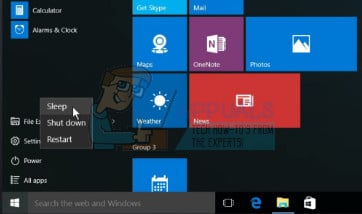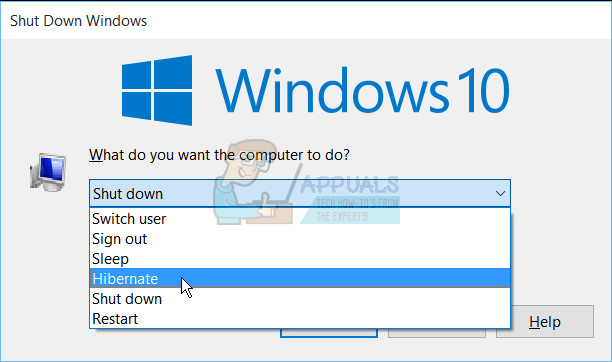Start menu opening up by itself on startup from sleep [Solved}
Window 10 is a revolutionary operating system that combines the user friendliness of Windows 7 and the speed of Windows 8. Being a quick successor of Windows 8, it has had a good share of bugs and overlooked simple issues that might be annoying to users. One case of an annoying incident is the launching of the start menu when you return to your PC after putting the computer to sleep or after locking it. Upon waking or on unlocking the system, the start menu shows, forcing you to click the start button to get rid of it. The same thing happens when you are booting the system from hibernation or when switching accounts. Some users however have noted that if you lock the device fast enough you can prevent the start menu from showing up. To do this, click on lock and quickly click anywhere else on the desktop screen and the start menu won’t show up on unlocking. However, this is an unreliable method since the locking/sleep procedure can be too fast. This article will explain why the start menu appears on waking the computer and how you can resolve this issue.
Why the start menu appears when waking up your computer
The start menu pops up upon waking from sleep if you used the start menu to put it to sleep in the first place. The reason for this is that Windows always wakes to the exact same state it was in before sleeping, so in such a situation that “previous state” was one which had the start menu open (because you opened it to put it to sleep). This feature might have been borrowed from Windows 8 start window that filled the whole screen. However, this was not the behaviour in previous versions of Windows. One would have assumed that the mere clicking on sleep would be enough to officially close the start menu as in Windows 7 and previous versions of Windows.
Several users have already submitted this issue on the Windows Feedback app and it might be resolved in future updates or remain as a feature. Meanwhile, the methods below will ensure that the start menu does not appear when you unlock your screen or when you wake up your system.
Method 1: Use the right-click start menu to put your PC to sleep
The right click menus always disappear after clicking/choosing on an option. Windows 10 offer an option of locking or putting your computer from the start menu context menu. When you login back on or wake your computer, the start menu will not be showing.
- Right click on the start menu (if you are using touch screen, tap and hold the start button till the right click menu shows). This context menu can also be accessed by pressing Windows + X
- Go to shut down or sign out then click on sleep this way, the start menu will not be there on waking up.

Method 2: Use Alt + F4 menu to put your computer to sleep
By using the shutdown options, you can put your PC to sleep without going through the start menu. This way, the start menu will not appear on waking up.
- Minimize all the open windows; you can easily and quickly do this by clicking on the far right corner of your taskbar.
- Click anywhere blank on the your desktop to make sure the focus is on your desktop
- Press Alt + F4 to bring the shutdown options.
- Choose ‘sleep’ from the dropdown list and click OK to put your PC to sleep. The start menu will not show on resuming.

Method 3: Set your power button to put your PC to sleep
From the power options, you can set the power button to put your computer in sleep mode, that way you get a quick way to go into sleep mode without having to go through the start menu.
- Press Windows Key + R to open the run dialog box
- Type powercfg.cpl and hit enter to open the power options window
- Click on the ‘Choose what the power buttons do’ link on the left
- For the “When I press power button:” set ‘sleep’ for both the “on battery” and “Plugged in” options.
- Click “save changes” to apply the changes.
- Press the power button (the one you use to boot your computer) to take your computer to sleep. On waking up, the start menu will not be displayed.

If your PC has a sleep button, you can set it to sleep your PC instead of the power button. You can also use the laptop flap lid to sleep the PC.